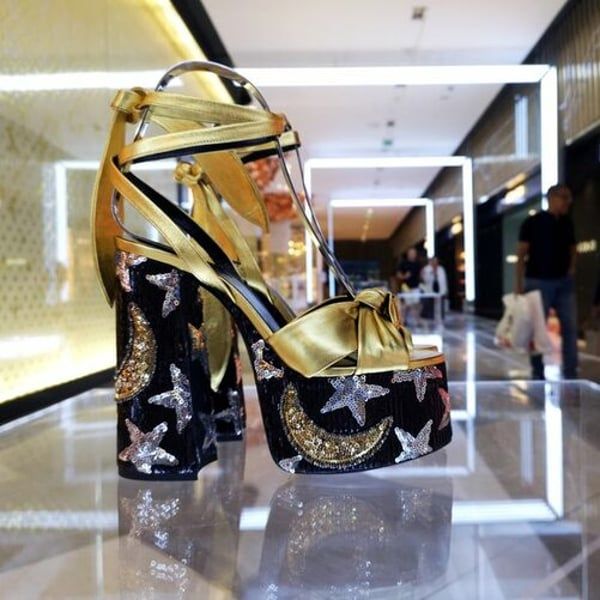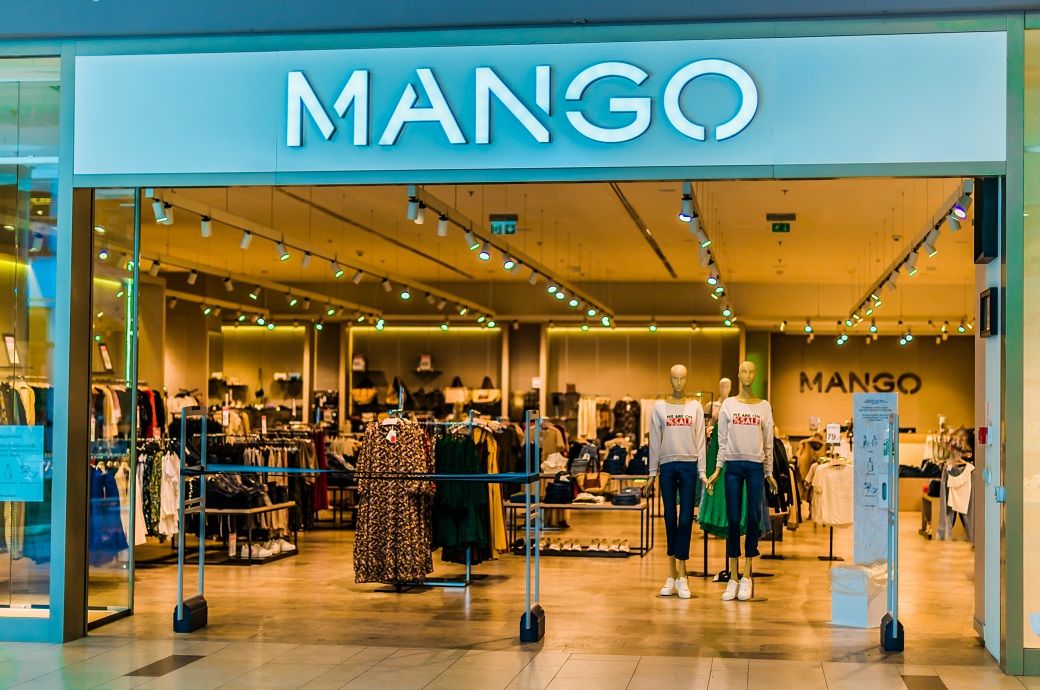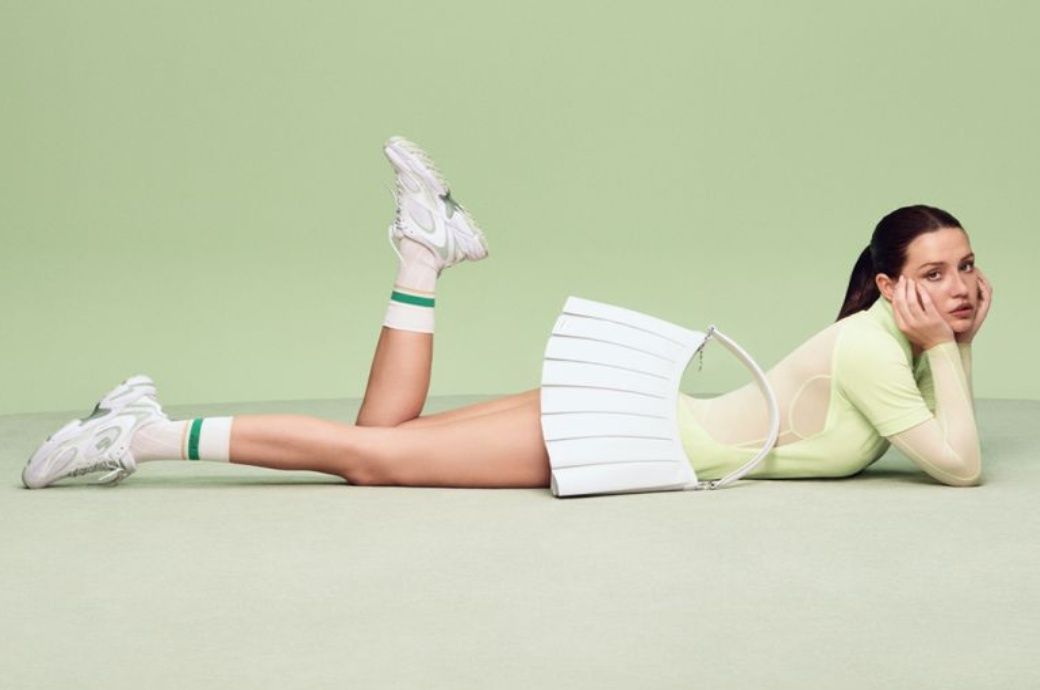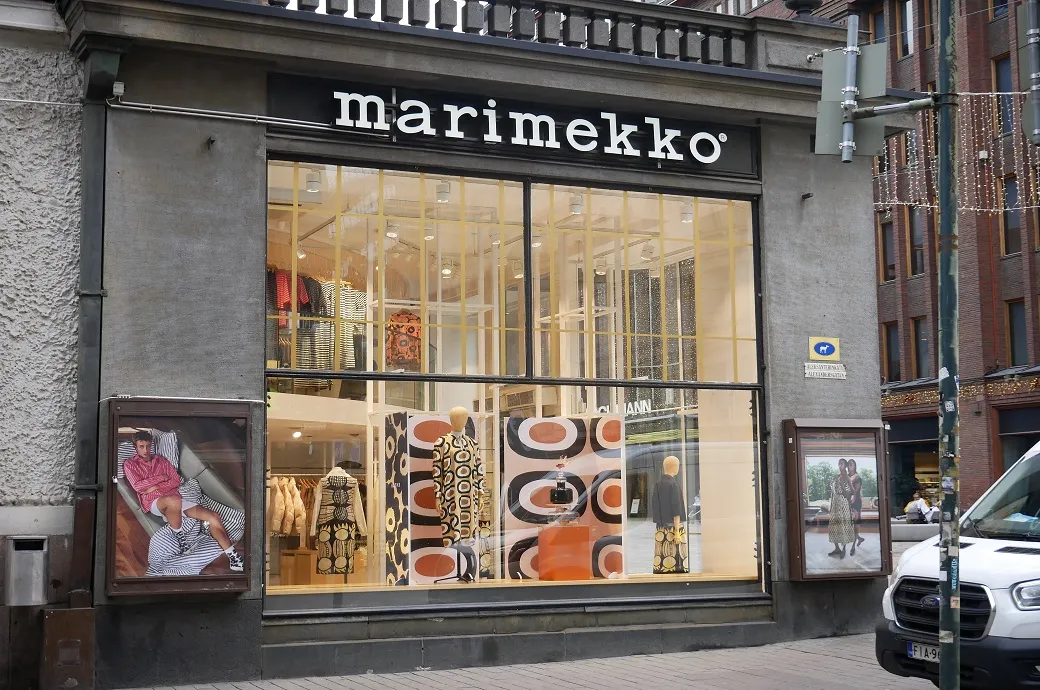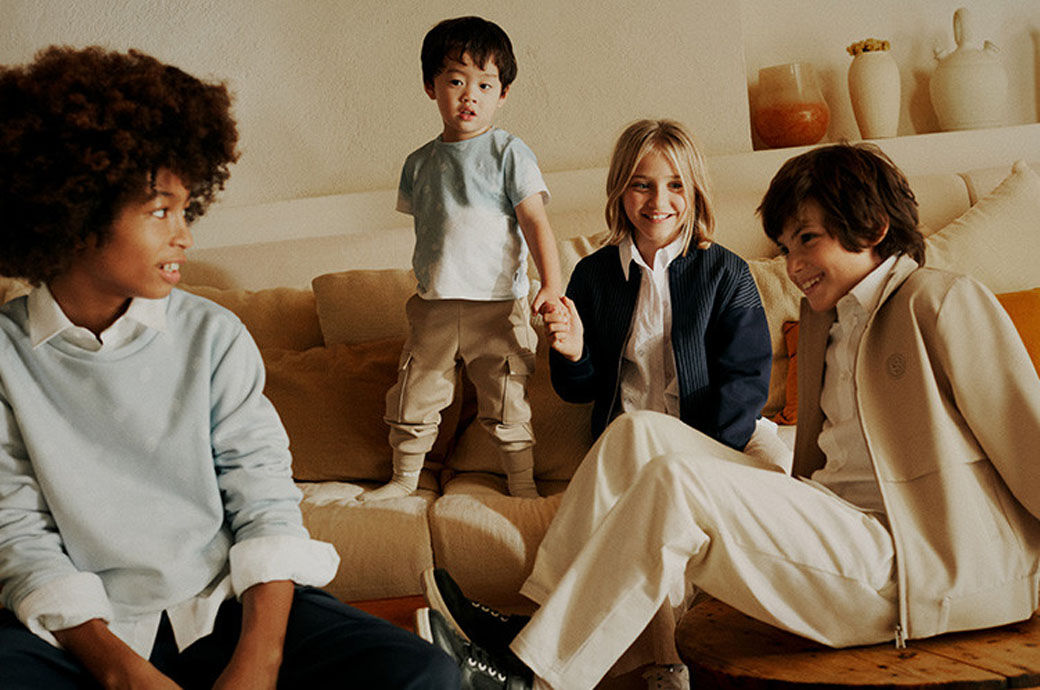By
Reuters
Published
June 26, 2025
With the reopening of the airspace of the Middle East and a high fire of the United States between Israel and Iran that seem to be celebrated, the luxury sector continues to trust the wealthy of the region to help compensate for weakness in its main US and Chinese markets, for now.
The Middle East, helped by strong tourist flows and local wealth, has resorted to a recent global slowdown in luxury sales that are expected to be deepened this year, and some brands increase sales there to two -digit rates.
Luxury sales in Gulf countries increased 6% to $ 12.8 billion from the market of almost $ 400 billion last year, exceeding a global drop of 2%, with a strong appetite for high -end products, jewelry and beauty, said retail consultant Chalhoub Group.
However, this trade depends largely on the flourishing tourism market of the region, with the Bain consulting firm estimating that around 50-60% of the luxury sales of the Middle East come from tourists.
The outbreak of this month of an air war between Israel and Iran emphasized the ongoing risks in a region where the riots were already over low heat, with the airlines that cancel the flights and the reduction of airplanes after Israel's attacks against Iran on June 13, measures that are now being not exceeded.
“At this point, we have not adjusted our long -term growth forecast, since we continue to see considerable potential in the region,” said Federica Lovato, main bain partner.
“However, short -term volatility has increased in recent weeks and can continue, depending on how the situation develops.”
The region is an important center for travel spending, favored by Russian oligarchs and rich Asians, and has increased in importance since the invasion of Ukraine of Russia triggered sanctions and the writing of flights between Europe and Asia from more from the north to the Middle East.
It also serves as an entrance door for high -end brands to reach wealthy buyers from India, where high rates have prevented companies such as LVMH from expanding store networks.
Max Heinemann, co-cement of the Gebr Retail Group. Heinemann, who recently expanded to Saudi Arabia and operates fashionable airport stores that carry luxury brands in Jeddah, said that the region's travel market has shown long -term resistance despite the concern. It is still optimistic. “Falls can occur, but long -term growth is expected,” he said.
In Prada, sales of the first quarter in the region increased by 26% year -on -year, while Hermès's sales increased by 14%.
Fashion brands and high -end jewelry have been opening new stores and organizing splashed events. The male clothing label with headquarters in Milan, Zegna, took its spring collection to the opera in Dubai, the main luxury center in the region, for a catwalk show set in an elaborate space that evokes an Italian villa.
Elie Saab celebrated its 45th anniversary with a show in Riyadh last November, with an performance by Celine Dion.
Dior, Saint Laurent and Valentino opened stores in Bahrein last year, while this year, Louis Vuitton brought the guests to the Dubai desert for a sunrise meal, and Chanel organized a dinner at Abu Dhabi tied to a high jewelry throw.
But maintaining the number of visitors to the destinations of the Middle East will be vital to take buyers through the doors. The global luxury travel agency Travel Moments said that for now, its long -term travel volumes in the Middle East have not been affected by the last disturbances.
However, given the recent events, there are currently “certainly more caution” before finishing trips to the broader Middle East, he said.
© Thomson Reuters 2025 All rights reserved.

